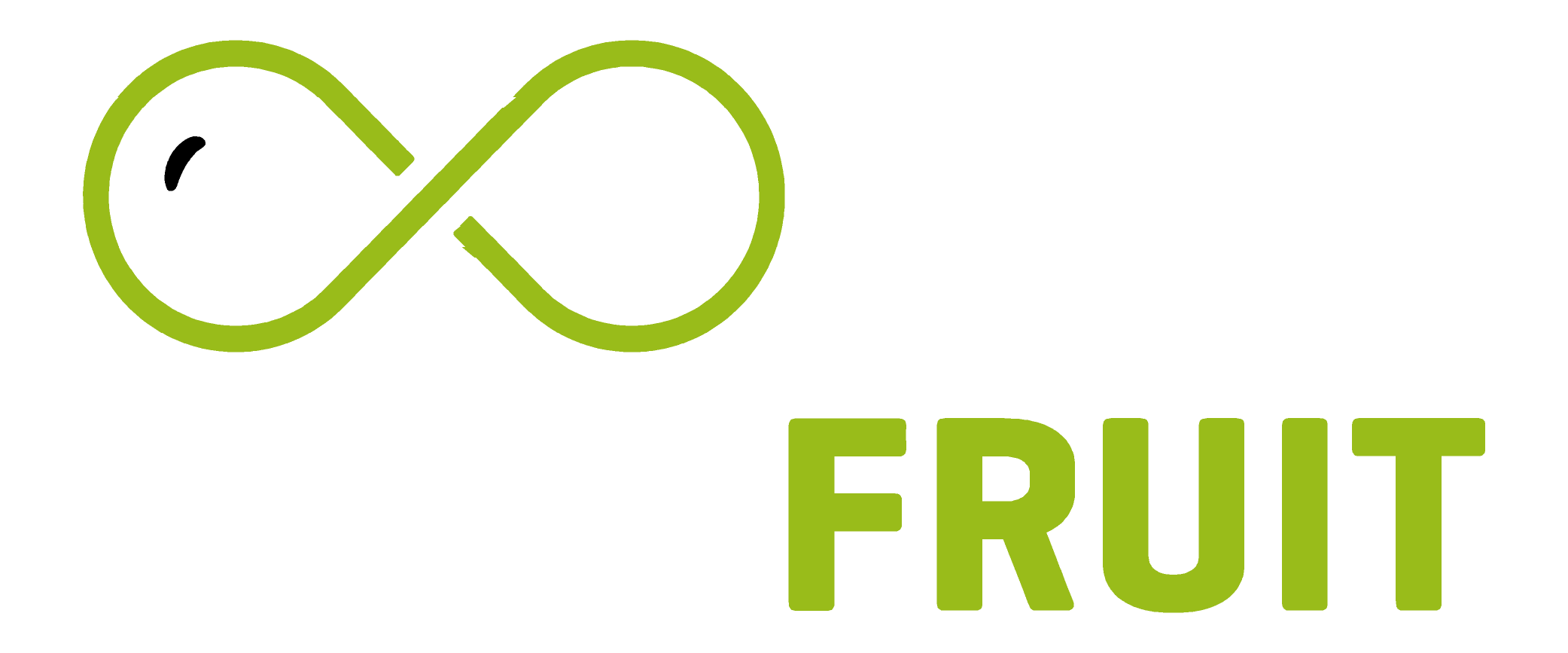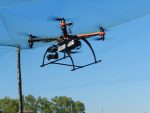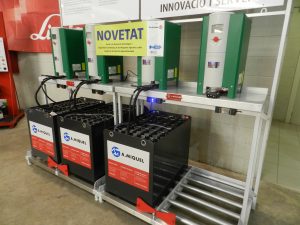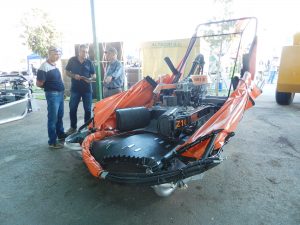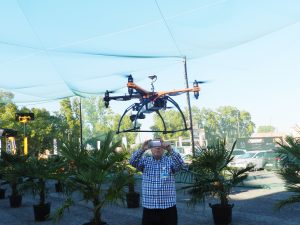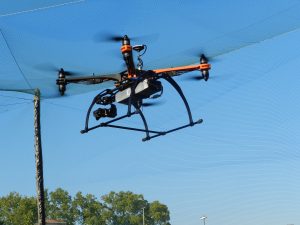It will host news related to drones, industrial refrigeration, cost management, GPS guidance for agricultural vehicles and farm management.
The Sant Miquel Fair and the Eurofruit show will dedicate a prominent space to precision agriculture —the application of information and communication technologies to agriculture — which allows the acquisition of data on the crop and its environment, its processing to convert it into useful information and the processing and storage of the information obtained for decision-making on the management to be carried out. Precision farming allows farmers and experienced technicians to have detailed information on the characteristics of the crop and its environment (soil, climate, etc.), which helps them to make better informed decisions and improve the profitability of farms by improving their management.
Professionals visiting the 64th edition of the Sant Miquel Agricultural Fair and the 33rd edition of the Eurofruit show, which will take place from 27th to 30th September at the Fira de Lleida, will find a wide range of services related to precision agriculture.
Thus, the large agricultural event will host numerous new developments related to very diverse sectors such as drones, technology increasingly important in the management of agricultural resources – especially agriculture and forestry – and which in this edition will play a special role with the official presentation in Lleida of Dronecoria, a programme aimed at the reforestation of forests burned by means of a drone that intelligently launches seeds and microorganisms in areas devastated by fires, earthquakes or tsunamis.
Precision agriculture will also be manifested in areas such as industrial refrigeration (controlled atmosphere equipment with intelligent electronic sensors to analyse the gases present in the chamber and the degree of ripeness, possible diseases or fungi and other incidents of the fruit; temperature recorders in cold rooms that allow monitoring via mobile phone via Bluetooth, etc.); irrigation systems (long-life hydrants, manure injection systems through the sprinkler system, solar pumping, monitoring of pipes to optimize water demand, etc.).
IT solutions for farm management will also be presented, with software for the technical monitoring of different crops, for the management of costs and resources (machinery, manpower) and for administrative and legal obligations (traceability, field notebooks), as well as advanced GPS guidance systems for agricultural vehicles and applications for farm management that allow farmers to carry out careful cost management (by plot and crop), always with updated data on the computer, smartphone or tablet.
Precision agriculture is gaining ground
Since the fields do not produce exactly the same amount of land over their entire area, the aim of precision agriculture is precisely to manage the plots with this variability in mind, i.e. not in a uniform way but in a specific way, taking into account the different areas of similar characteristics that can be defined. According to a classic definition, precision farming consists of “carrying out the right operation, at the right place, at the right time, in the right way and in the right quantity”.
The practice of precision agriculture can be carried out according to two methodologies: the one based on digital maps of information (from a map of the plot with the distribution of the variables made with GPS, a new one is made showing what to do at each point (intensity of the operation or dose of product to be applied) and the one based on sensors and in real time (data collection, decision and action are carried out in real time while the tractor and the equipment are moving around the plot).
The term precision agriculture encompasses a series of technologies for application in agricultural production, whose common factor is the use of ICT in the rationalization of decision-making and its precise execution. Any task that forms part of the operations necessary for the implantation, development and exploitation of a crop can be carried out using any of the techniques that make up precision agriculture. Since its beginnings in the last decade of the 20th century, precision agriculture has been incorporating new methods and responding to different problems, which has meant that its definition has evolved in accordance with its dynamic nature, characteristic of new technologies.
Broadly speaking, and in accordance with the objectives, precision farming techniques are classified into two main sections: techniques aimed at managing the spatial variability of soil properties and crop condition, and techniques aimed at helping to guide and standardise mechanised operations.
